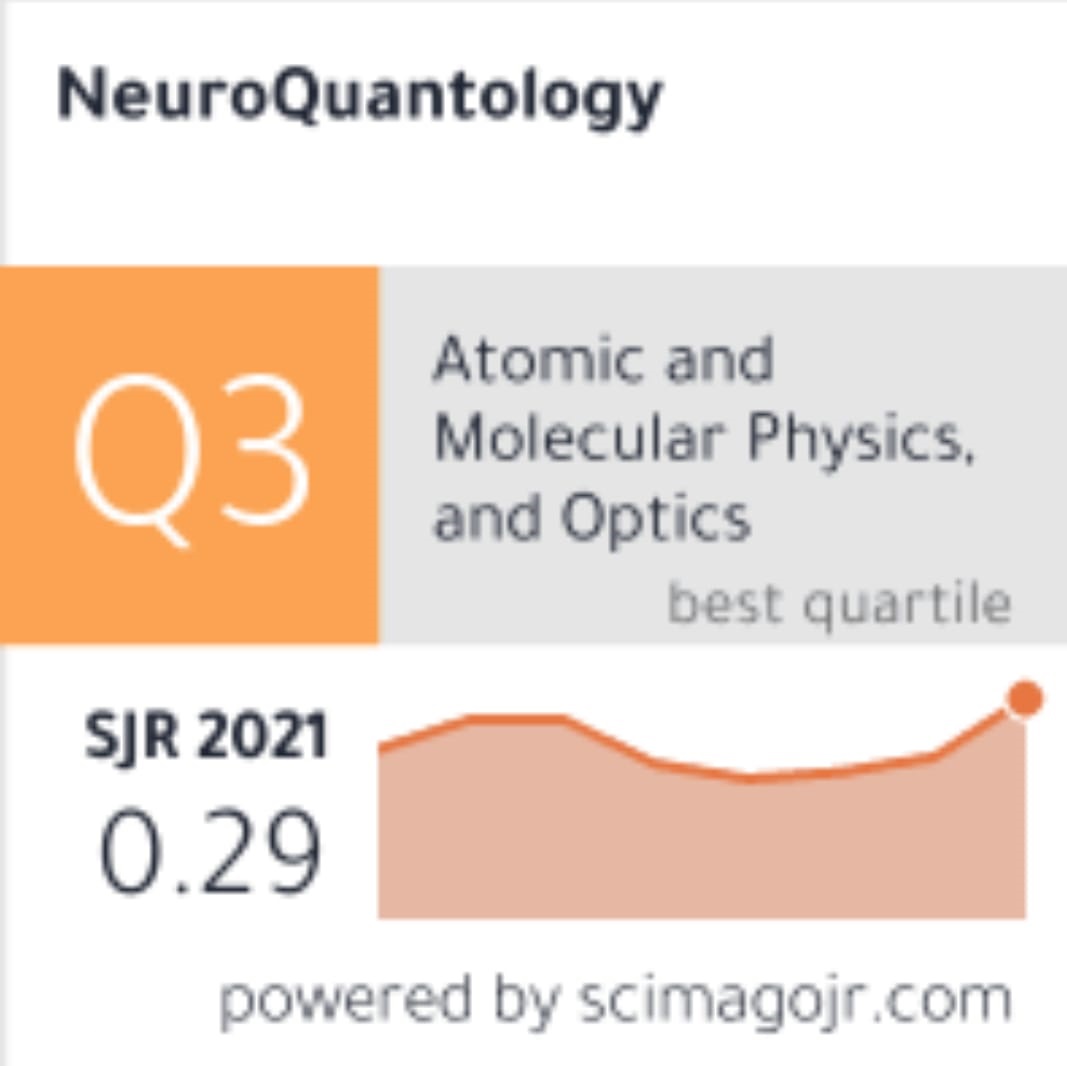


How to prepare your article, Please make note of the following:
Article title
The title should clearly and concisely reflect the content of the article. Titles are very important for current awareness and information retrieval and therefore should be carefully constructed for these purposes.
Keywords
All authors are required to provide up to five keywords characterizing the topic of their article.
Names and addresses
For multiple-authored articles list the names and affiliations of all the authors, the email address(es), the full postal addresses, using identifiers to link an author with an address where necessary.
References and footnotes
Citation of literature references in the text should be given at the appropriate place by the author's name followed by year in parentheses. Should there be more than two authors, the first author's name should be followed by et al. When there are two or more papers by the same author(s) appearing in the same year these should be distinguished by a, b, c, etc. after the year. All references cited in the text should be listed at the end of the paper on a separate page according to the Harvard system, i.e., arranged in alphabetical order according to the first author followed by the second author, then with all papers with more than two authors being arranged in chronological order.
Every reference cited in the text should appear in the list of references and vice versa. Literature references must be complete, including initials of author(s) cited, title of paper referred to, and title of journal, year, followed by volume and first and last pages of article.
The form of literature references to books should be author, initials, title of book, volume or edition, publisher, city, year and page number(s) referred to. References to authors contributing to multi-author books or to proceedings printed in book form should be similar to those for books.
Woolf N, Craddock T, Friesen D, Tuszynski J. Neuropsychiatric illness: a case for impaired neuroplasticity and possible quantum processing derailment in microtubules. NeuroQuantology 2010; 8(1): 13-28. Article sample
Hameroff S and Penrose R. Conscious Events as Orchestrated Space-Time Selections. NeuroQuantology 2003; 1 (1): 10-35. Article sample
Eccles JC. The Neurophysiological Basis of Mind. Oxford University Press, 1952. strong>Book sample
Laszlo E. The Connectivity Hypothesis, N.Y: State Univ. New York, 2003. Book sample
Pitkanen M. Topological Geometrodynamics Inspired Quantum Model of Living Matter. http://www.neuroquantology.com/journal/index.php/articlecle/view/325
Accessed date: December 18, 2013. Web URL sample
Web references
As a minimum, the full URL should be given and the date when the reference was last accessed. Any further information, if known (DOI, author names, dates, reference to a source publication, etc.), should also be given. Web references can be listed separately (e.g., after the reference list) under a different heading if desired, or can be included in the reference list.
Mathematics and Symbols
You should take care when writing mathematical articles especially regarding subscripts and superscripts and differentiation between the letter 'l' and the figure one, C and c, S and s, k, K and other similar groups of letters. If your article contains superscripts or subscripts to superscripts or subscripts, take special care to ensure that the positioning of the characters is unambiguous.
If special symbols are needed (e.g., Greek characters, accented characters or mathematical symbols) these should be typed using the appropriate TrueType font. Do not use the Symbol facility on the 'Insert' menu as this often results in font conversion problems. Equations must be prepared using Equation Editor or MathType.
Figures and tables
You may illustrate your text by line diagrams and photographs. The figures should be clear, easy to read and of good quality. We accept maximum 7 figure per manuscript. We will normally use figures as submitted; it is therefore your responsibility to ensure that they are correct.
Figure captions
uthors are required to provide a list of captions describing each figure and identifying the symbols used.
Color illustrations
The use of color in illustrations can enhance the effective presentation of results, and we are pleased to offer free reproduction of color illustrations in the electronic version of NeuroQuantology. There is no charge for color reproduction of illustrations in the electronic version of the journal when the use of color is clearly required to further understanding and communication.
Multimedia
We encourage authors to submit multimedia attachments to enhance the online versions of published research articles. Multimedia enhancements typically consist of video clips, animations or supplementary data such as data files, tables of extra information or extra figures. They can add to the reader's understanding and present results in attractive ways that go beyond what can be presented in the print version of the journal.
